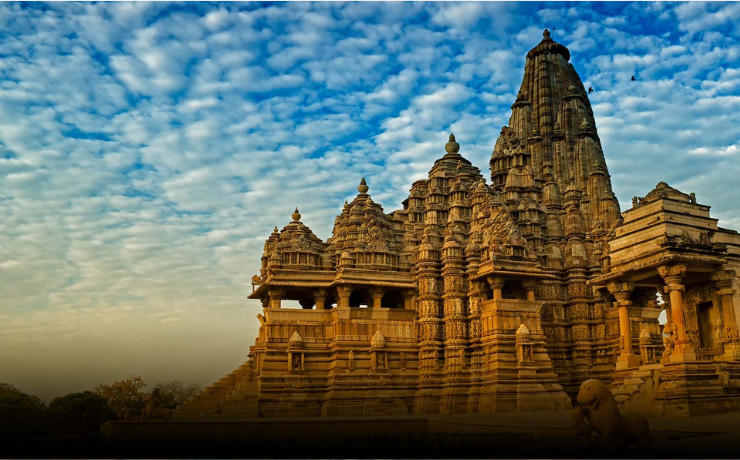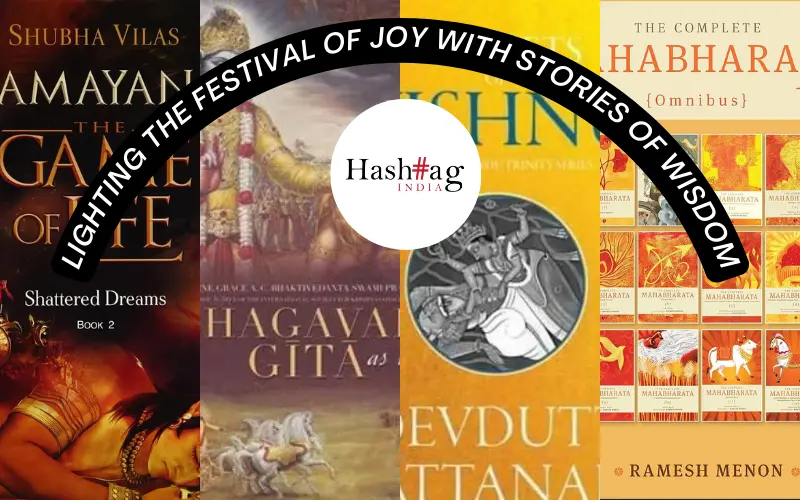India is known for its religious faiths, cultures, and traditions. For those who are interested in studying spirituality, and the intriguing history of India, there are countless historical temples spread across the landscape of the country. Thousands of people from across the globe come to India to visit these amazing places. Here are some of the ancient temples in India that have attracted archaeologists, and spiritual followers.
1. Brihadeshwara Temple, Thanjavur, Tamil Nadu
The Brihadeshwara Temple was built in Dravidian style by King Rajaraja Chola in 1002 A.D. The temple was dedicated to Lord Shiva and is a testimony of the combination of architecture, sculpture, painting, and other arts. The temple is a part of the UNESCO World Heritage and is known as the Great Living Chola Temples. The temple roof stands at a height of 66 meters. Many devotees visit this amazing temple during Mahashivaratri.
2. Konark Sun Temple, Odisha
Konark Sun Temple is another UNESCO World Heritage site that was built in the 13th Century by the Kings of the Eastern Ganga Dynasty. The temple is designed in Kalinga Architecture. The temple stands at a height of 229 feet, built in the shape of a chariot with 12 pairs of wheels and seven horses.
To signify its importance to Indian Cultural heritage, The Konark Sun Temple is depicted on the Indian currency note of 10 rupees. The temple is designed in such a way that the first rays of the sunrise strike the main entrance and the wheels of the temple are sundials that can be used to calculate time accurately.
3. Kailasanath Temple, Ellora
The Kailasanath Temple is dedicated to Lord Shiva and is made out of a single rock. The temple has traces of Pallava and Chalukya styles of architecture. It took 18 years to complete and it was built using ancient traditional methods. The temple was carved in such precise proportion and alignment to its adjacent structures which is why Kailasa Temple is considered one of the most impressive cave temples in India.
4. Tungnath Temple, Uttarakhand.
Tungnath Temple in Uttarakhand stands at a height of 3,680 meters. The temple dates back to Ramayana where Lord Rama meditated to release the curse of Brahmahatya for having killed Ravana. The temple entrance door is small, which is why only 10 people are allowed into the shrine at a time. The temple remains open for only six months. If you are lucky enough, you will see Monal birds and Snow Musk Deers while trekking towards the temple.
5. Meenakshi Temple, Madurai.
The Madura Meenakshi Temple is believed to be 2,500 years old. The massive 14-acre large structure is known for its astonishing architecture and the temple was nominated for the Seven Wonders Of The World. It is believed that the Goddess Parvati married Lord Shiva at this place. The divine couple resides here as Meenakshi Sundareshwar. Navaratri is celebrated grandly at this place.
6. Brahma Mandir, Rajasthan
Brahma Mandir is dedicated to the Lord Brahma, the creator. The temple was built in the 14th century on the banks of the River Pushkar. The temple was constructed using marble and stone. The walls of this temple are decorated with peacock figurines and attractive practices of the Goddess Saraswati. The Lord Brahma is worshipped as Chaturmurthi. Devotees visit this temple during Karthika Purnima and perform special rituals and also participate in the Pushkar Fair.
7. Mahabalipuram Temples, Tamil Nadu
Mahabalipuram is a group of monuments that reflects the amazing art and architecture of the 7th and 8th centuries. There are different types of temples like chariot temples, and cave temples dedicated to Lord Shiva. Now the place is considered a UNESCO World Heritage Site. Every year during December and January, the Mamallapuram Dance Festival is organized by the Government of Tamil Nadu.
8. Temples of Hampi, Karnataka
Hampi is a popular place known for its amazing architectural brilliance. The relics of this Hampi date back to the glorious Vijayanagara Empire. There are many popular temples to visit in Hampi which are Virupaksha Temple, Vijaya Vittala Temple, and Lakshmi Narasimha Temple. The historical ruins of Hampi are breathtaking and a treat to explore.
Conclusion: These are some of the ancient temples in India which will take you back in time. There are other amazing temples like Mundeshwari Devi Temple, Sri Ranganathaswamy Temple, and Chidambaram Temple. Visit these amazing places to understand the traditional architecture and technology which were used during ancient times.





























